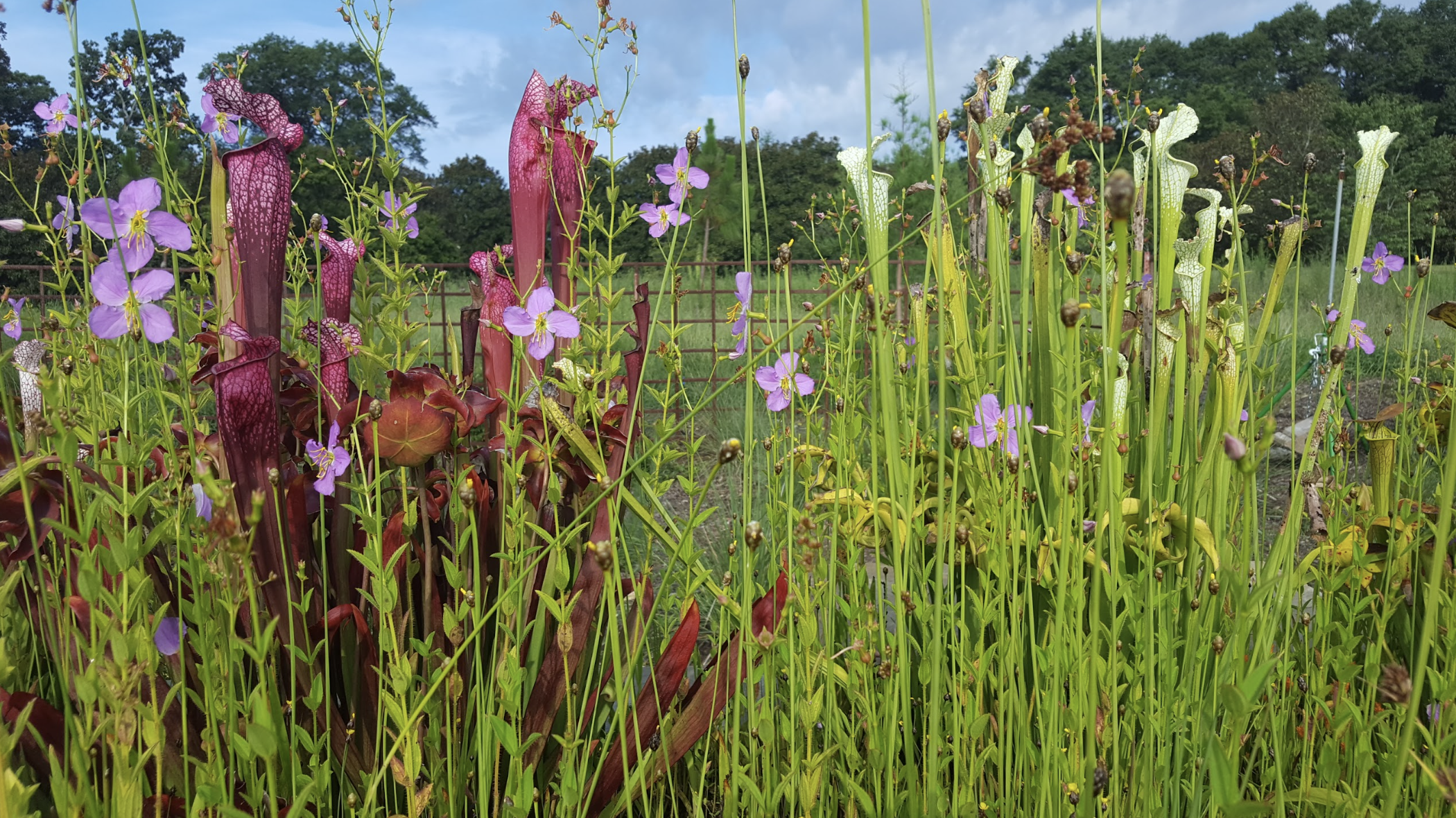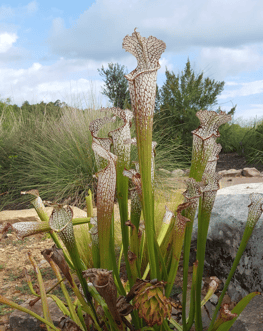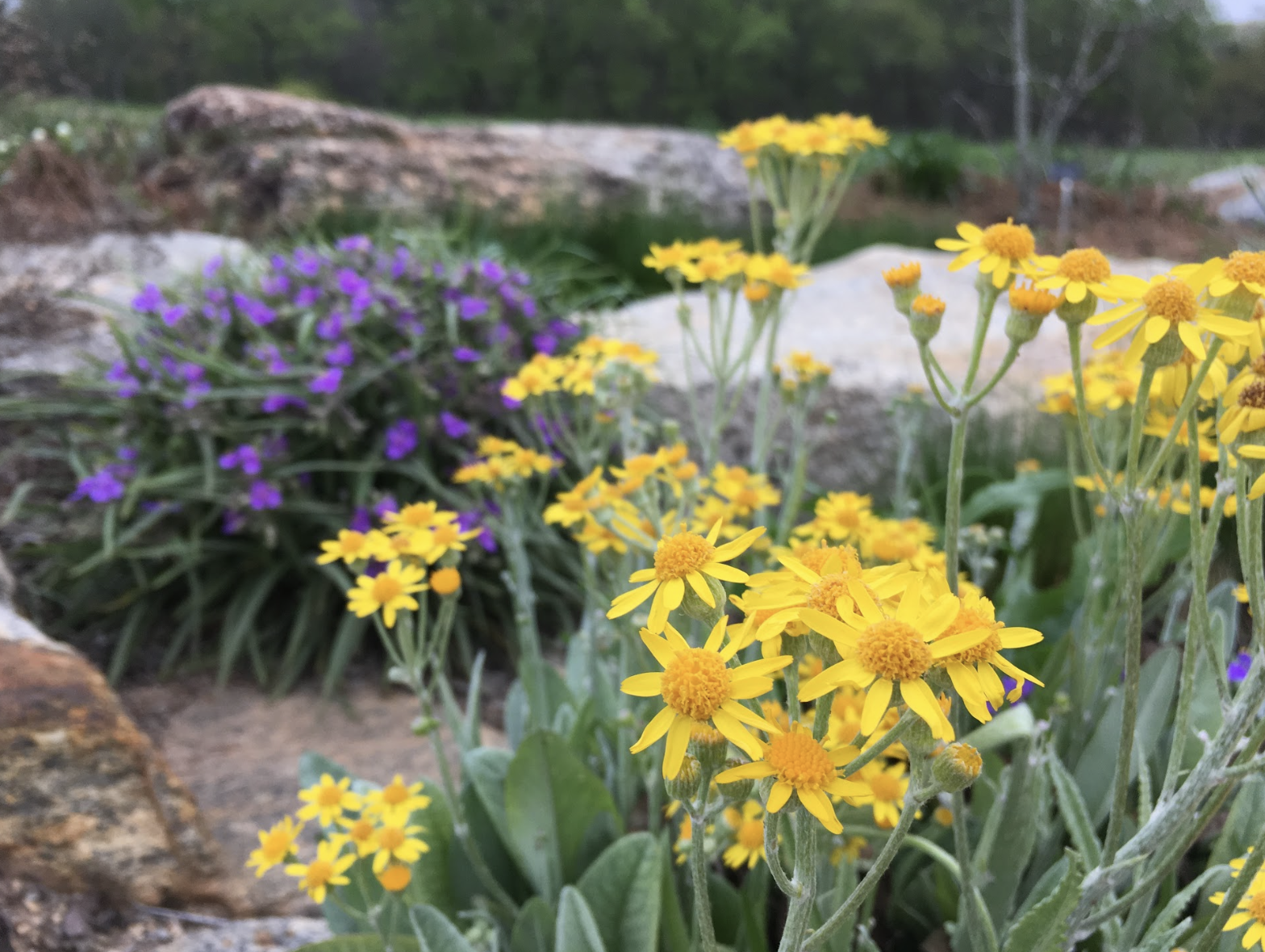
Public Gardens Lead the Way on Sustainability
Botanical gardens have long been a place for plant lovers to seek respite, inspiration and knowledge. Now, they’re at the epicenter of sustainable practices. Norfolk Botanical Garden and South Carolina Botanical Garden are two organizations in the South leading by example, showing visitors and professionals how environmentally responsible practices are not only possible, they’re beautiful too.

When Dr. Patrick McMillan began working at South Carolina Botanical Garden at Clemson University in 2010, he was faced with a big task: creating a world-class attraction with just four groundsmen and a shoestring budget.
Since then, South Carolina Botanical Garden has gone from 200,000 visitors a year to 750,000. The garden has grown from 6,000 mostly woody plants to some 12,000 diverse species. And the property is now home to one of the densest bird populations in the world, with more than 200 species on the 295-acre property.
At the centerpiece of it all is the Natural Heritage Garden, the brainchild of McMillan. An ecologist by trade, McMillan converted more than 60 acres the property, which were mostly grass, into living habitats representing the biodiversity of South Carolina.
Along a half-mile walk, visitors, students, horticulturists and landscape professionals can experience South Carolina’s mountain habitats down to the maritime forests and coastal wetlands.
“Most gardens feature a collection of plants, but we’ve created a collection of habitats,” says McMillan. “We got rid of all these invasive exotics and started building micro-climates, duplicating what we see in the wild, from the hydrology to the soil to the geology. It’s really amazing—no other garden in North America has anything like it.”

Clemson University is located in the state’s Piedmont region, and McMillan says the soil was already in prime condition for mountain habitats. Other areas were more challenging. For the coastal areas, for instance, his team completely re-engineered the landscape. They brought in loads of sand, manipulated the soil and lined beds to hold water.
“By creating new habitats, we’ve seen such an increase of life,” McMillan explains. “We’ve generated insects and seeds and small mammals and therefore attracted a lot more birds as well as a lot more pollinators. We’ve seen 4,000 monarchs in one bed at one time. It’s stunning.”
McMillan says the project is a testament to creating gardens for life and not just for beauty.
“Instead of traditional gardens where there is separation, we have completely filled spaces so that there is overlap and interaction,” he says. “We are redefining beauty to be the intersection of life rather than the division of life."
"We are breaking the stereotype of
a 1950s style of landscaping to creating a healthy habitat for animals & plants."
McMillan, who teaches forest biology and plant taxonomy at Clemson, says the gardens are an important lesson for landscape architects as well as homeowners to reconsider what is beautiful.
“Landscaping is more than design and flow,” he says. “It’s about plants and the relationships with plants to the environment. Our gardens aren’t what people expect, but people end up being blown away. We are operating on the fringe, and it’s really neat to have these new ideas start right here in South Carolina.”
Norfolk Botanical Garden
The largest garden in Virginia, the Norfolk Botanical Garden encompasses a 175-acre peninsula on Lake Whitehurst near Chesapeake Bay. The gardens were one of just a few in the country built during the Great Depression as part of Roosevelt’s New Deal and the Works Progress Administration (WPA). While the organization honors the past, it’s ever-mindful of the future.
With a background in horticulture and historic preservation, President and CEO Michael Desplaines is also passionate about the environment.
“We’re trying to do all we can to address the climate crisis and reduce waste,” says Desplaines.
Two years ago, the garden banned all plastic water bottles, and last year they banned all single-use plastic. All plates, cups and utensils must be reusable or compostable.
“Drinking water in most municipalities is clean and affordable,” says Desplaines.
"Water bottles are so bad for the environment,
from the packaging to the transporting to the energy used for cooling. HVAC is the number-one contributor of greenhouse gas emissions."
Norfolk Botanical Garden is powered by 100 percent renewable energy through an innovative Green Power program through its local power company. Dominion Energy replaces the energy generated from non-renewable sources on their power grid with energy generated from renewable sources.
Desplaines says it’s increased their monthly power bill about 10 percent, but it’s well worth it in order to offset their carbon footprint and support wind, solar and geothermal energy.
For those living outside Dominion’s coverage, he recommends partnering with Arcadia (arcadia.com), to connect with clean energy options on the open market.
Additionally, in 2018, Norfolk Botanical Garden installed 120 solar panels, generating enough energy to power its propagation greenhouse.
Innovative new features include a parking lot with pervious pavement, which will filter rainwater and nourish the garden. A new state-of-the-art Conservatory will focus on conservation and will include some of the most threatened species in the world. A water education and rowing center will make a meaningful impact on the environment through practicing and promoting conservation and reaching school-aged children.
No matter what changes come, Norfolk Botanical Garden’s mission will remain the same: Immerse visitors in a world of beauty, lead through environmental action and inspire through education and connection to nature.
Contact
South Carolina Botanical Garden
150 Discovery Lane
Clemson, South Carolina
Norfolk Botanical Garden
6700 Azalea Garden Road
Norfolk, Virginia
norfolkbotanicalgarden.org